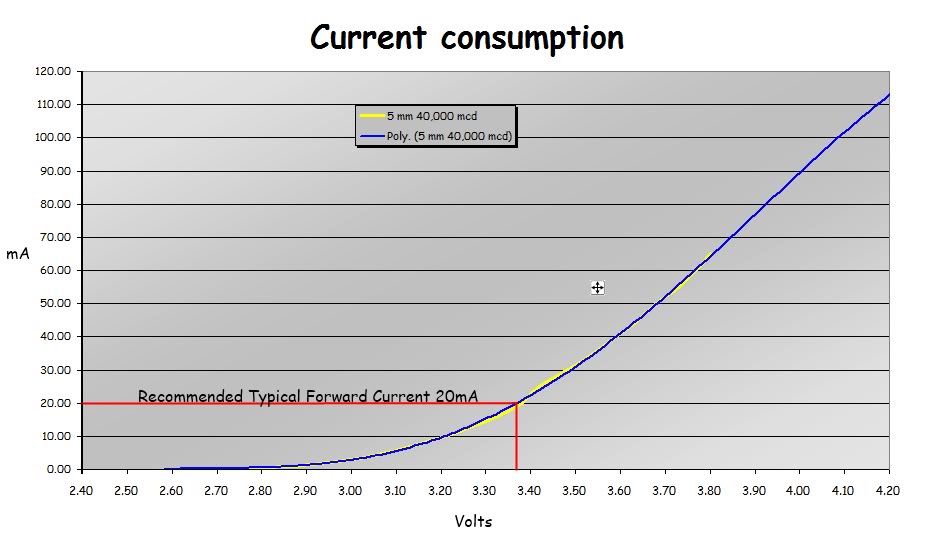Unfortunately Andrew, as Elmer has already suggested, you have more than likely blown the converter by applying an excessive load.
Here are some specifications for the White LED:
CREE XM-L T6 Emitter
Cree XMLAWT-0000T6051
Viewing Angle: 125°
Height: 3.02mm
Width: 5.00mm
Depth: 5.00mm
Emitting Color: white
Lumen min.: 280
Lumen max.: 975
Kelvin min.: 5700
Kelvin max.: 6100
mA test.: 700 mA
mA typ.: 700 mAmA max.: 3000 mAV typ.: 2.9 VV max.: 4 VReverse Voltage: 5 V
Watt: 2,03 WIf you had not bypassed the driver circuit by soldering dirctly to the LED
(or kept the output voltage below 3.6V) your voltage convertor would probably have survived.

Unfortunately, an LED's current increases greatly as the voltage rises over and above the typical forward voltage across the LED.
Here's a graph showing the results of voltage variation on a 5mm 40,000mcd white led that I tested a few years ago:

If you look at the curve you can see just how quickly the current starts to rise as the voltage exceeds the point where the recommended typical forward current is achieved.
I only tested the LED up to its 3.8V maximum rated voltage, but if I had carried on to 4.1 volts it would actually have been drawing more than 5x the recommended typical current!
The driver circuit incorporated into your torch not only controls the different lighting modes
(low, High, Flashing etc.) but it also regulates the current going to the emitter
(LED). This ensures it doesn't suddenly change from a very bright LED into a useless DED
(Dark Emitting Diode). 
I tested my 800 Lumen torch powered by a fully charged 4.2V lithium cell, and the voltage measured directly across the LED on full power is approximately 3.6V.
I measured the current at the battery on each of the three modes and the results are as follows:
- Low brightness = 0.25 Amp
- Flashing = 0.5 Amp
- High Brightness = 1.25 Amps
As you put 4.2 volts directly across the LED, I reckon the current drawn by the white LED alone would be at least 3.5-4 Amps, and I would expect the red LED to be at least 1-1.25 Amps when wired through its driver circuit, and a lot more if wired directly to the LED.
This amount of current is at least 50% more than the stated maximum output of your convertor, so it's hardly surprising that it's blown.
I would expect the forward voltage across the red LED to be much less than the White LED.

I've recently purchased one of these, which should hopefully arrive soon:

I'm hoping it will be more than up to the job of powering this LED floodlight that has a 12V 10W LED:

and possibly a couple of these as well
(or instead of):

I'll let you know the outcome if I can find some time to wire it up and test it when it arrives.
To measure the current draw from the LEDs you would need to connect an Ampmeter in series with each of the LEDs in turn, on the output side of a working convertor.
Alan